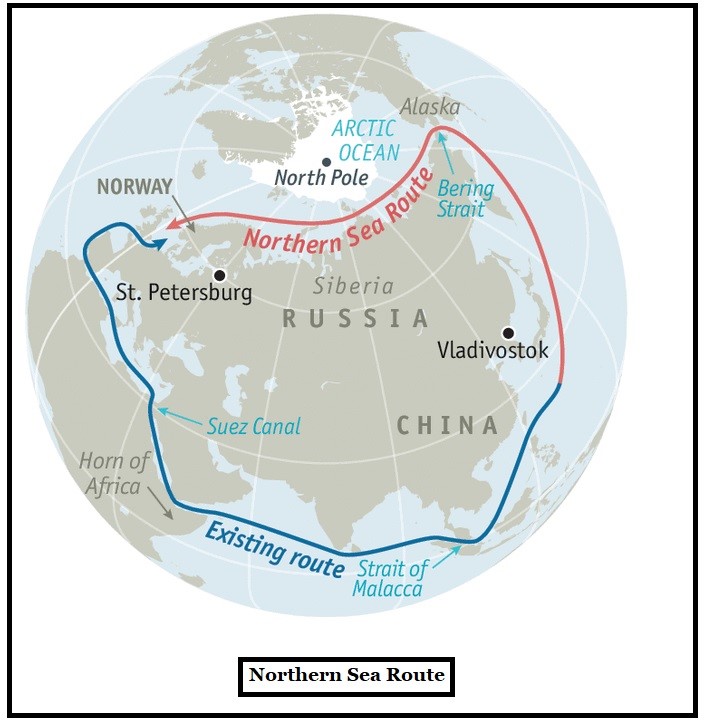900 319 0030
enquiry@shankarias.in
Murmansk, the beginning point of the Northern Sea Route (NSR), is witnessing the rising trend of Indian involvement in cargo traffic.

Arctic region is the region, which is above the Arctic Circle and includes the Arctic Ocean with the North Pole at its centre.